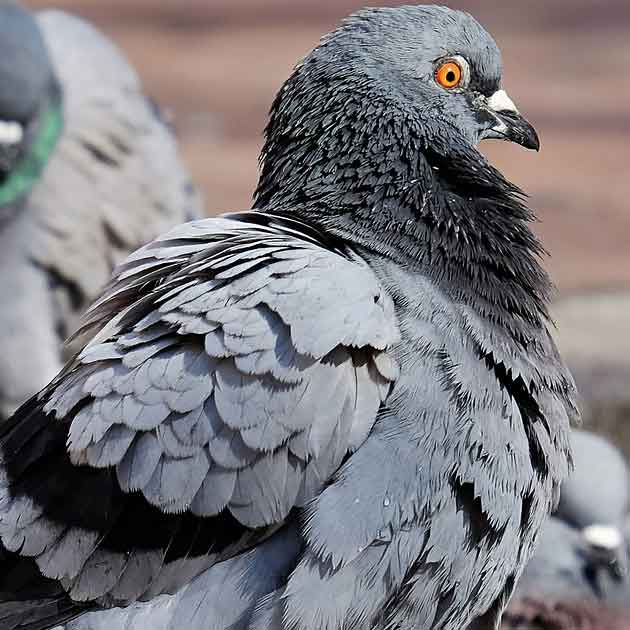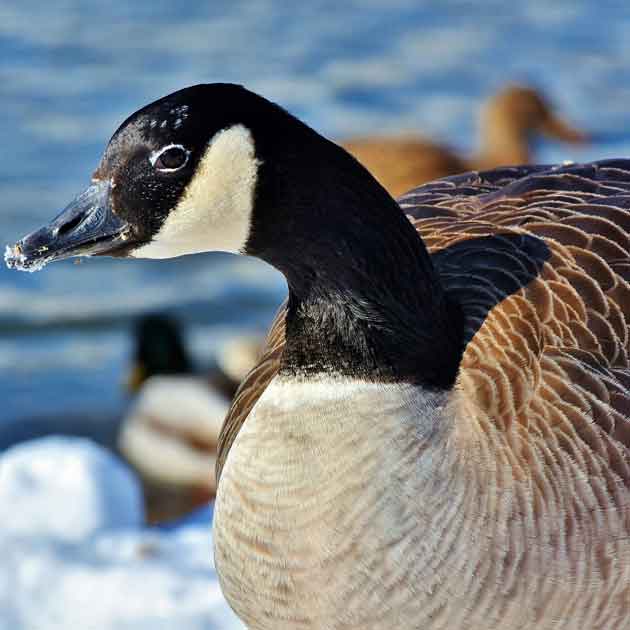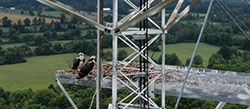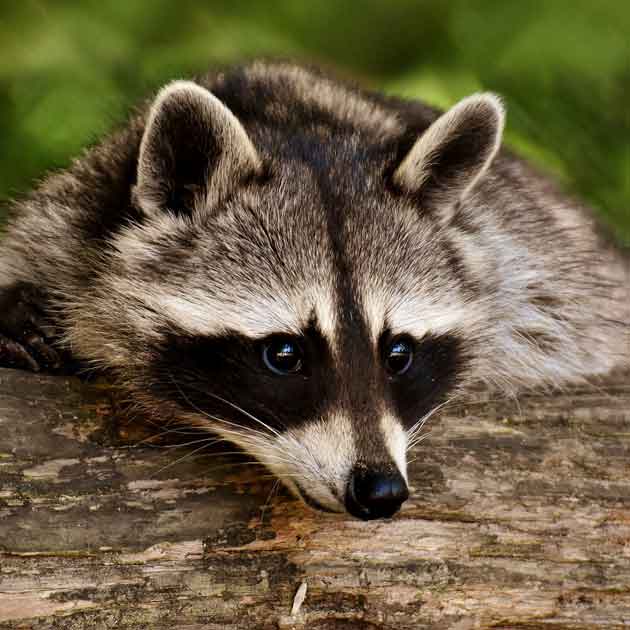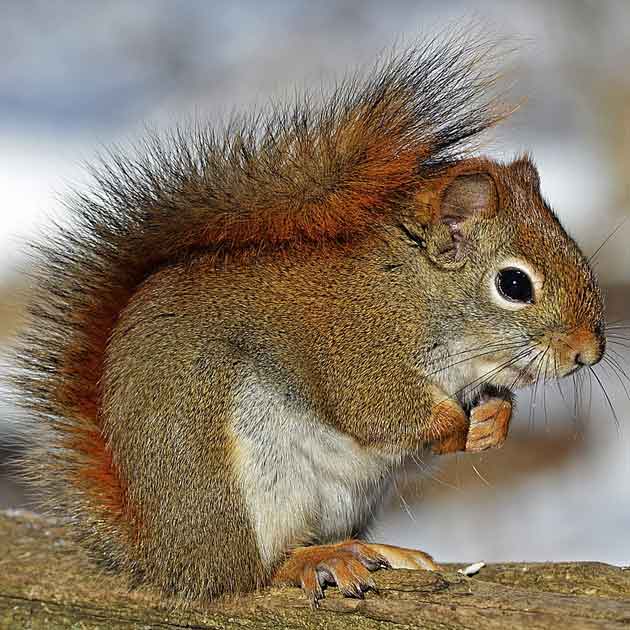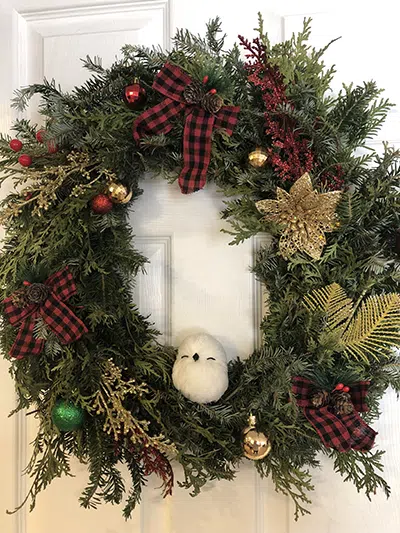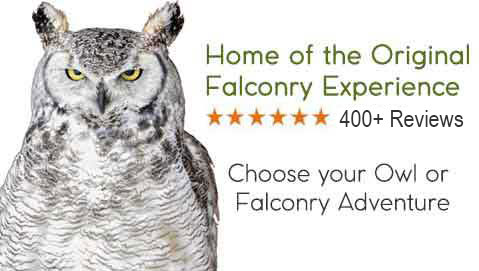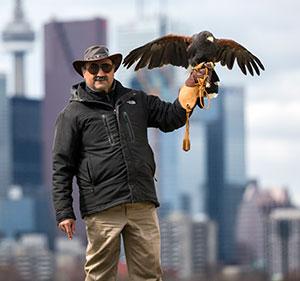Especially Toronto's older, well established neighbourhoods see a scurry of raccoon activity once fall arrives. Toronto's detached homes, often surrounded by trees and green space, are particularly attractive to raccoons looking to find a secure and warm space to overwinter.
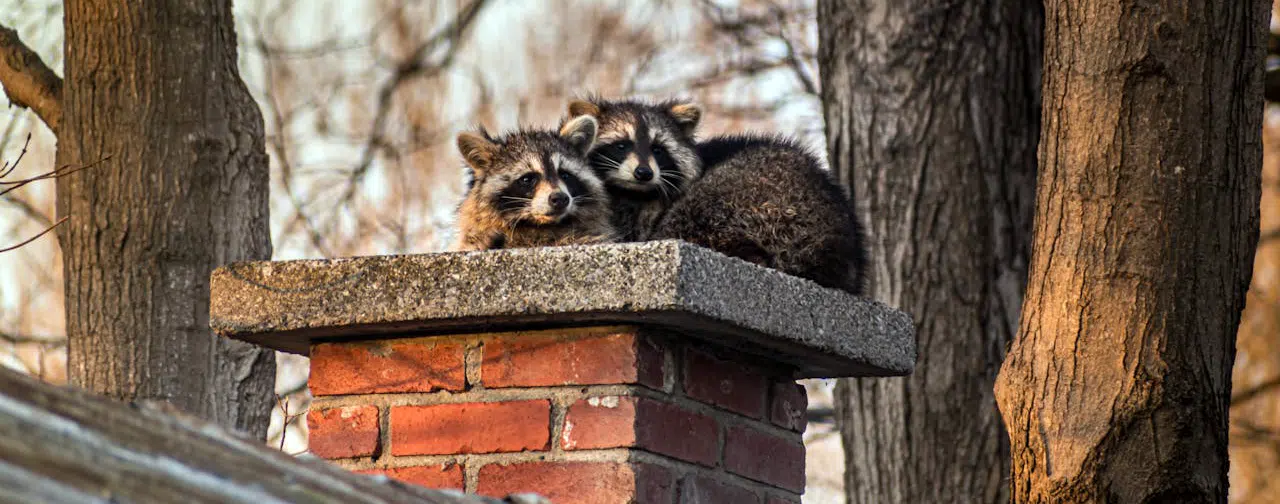
This article explains why these homes are high-risk, what homeowners can do, and why permanent raccoon removal in Toronto is often necessary.
Why Fall Brings Raccoons Closer to Homes
- Winter is Looming
Fall is the preparation phase for surviving Toronto's harsh winter; - "Mi Casa es Su Casa"
Urban raccoons have adapted to treat your home as part of their natural habitat and once inside, will not leave voluntarily; - Winter Denning and Torpor
While raccoons don't actually hibernate, they do slow down considerably and enter a phase of torpor. Having a a warm and sheltered space to settle down in is essential;
Autumn is the last opportunity to act before winter nesting begins and you're stuck with uninvited house guests for months to come.
What Puts Detached Homes at a Higher Risk Compared to Townhomes?
- More Entry Points
- Detached homes have more independent architectural features, such as multiple gables, vents, chimneys, and soffits.
- Aging roofing materials, unsealed attic vents, and gaps in eaves make perfect access zones.
- Garages and sunrooms are often overlooked but accessible.
- Surrounding Vegetation
- Trees, climbing vines, and fences serve as natural ladders to roofs.
- Detached homes are usually landscaped, increasing raccoon mobility.
- Unpruned branches near rooftops can bridge the gap for entry.
- Outdoor Waste Storage
- With no shared waste system, detached homeowners often leave bins outdoors overnight.
- Raccoons target unsecured compost bins, pet food, birdseed, and fallen fruit.
- Unlike condos, there’s less deterrence from noise, lighting, or human traffic.
- Lack of Regular Exterior Surveillance
- Homeowners often don’t inspect roofs or attics regularly.
- Small damages or noises go unnoticed until infestation becomes serious.
- Detached homes also have less frequent patrolling by property managers or security, unlike commercial or multi-unit buildings.
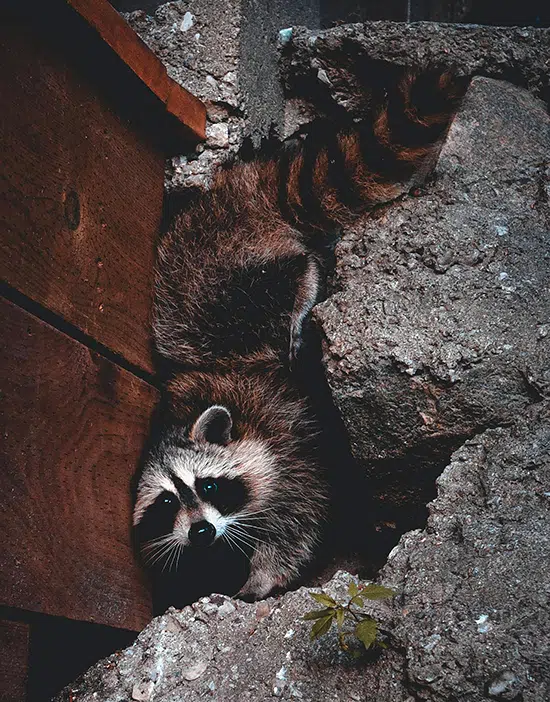
Warning Signs of Raccoons in Detached Homes
- Nighttime Noises
Particularly during the hours between dusk and dawn, you may hear thumping, clawing, or dragging sounds in ceilings or walls as raccoons move materials to build a winter den; - Visible Exterior Damage
Pay close attention to any visible signs of damage near roof edges, soffits, or siding that may be exploited by raccoons looking to get into your home; - Foundation Damage
Also inspect your foundation; Raccoons are fabulous diggers and may attempt to gain access to your home underground; - Interior Signs
You may find bits of insulation, especially near your attic access; - Raccoon Droppings
Be on the lookout for concentrated droppings near garages, decks, or sheds; - Pet Behaviour
Sudden pet agitation at night, such as your dog barking at ceilings or walls means a search for unwanted raccoons is in order.
How to Get Rid of Raccoons from Detached Homes
Do Not Attempt DIY Trapping and Relocation
While you may be successful with trapping a raccoon in or around your home, you are legally required to release it no further than one km away - and the raccoon will likely turn on its heels and come right back.
Inspect the Entire Property
Start with a full perimeter check: look for signs of entry, claw marks, droppings, torn shingles, and chewed vents.
Hire a Licensed, Legal Wildlife Control Service
Hawkeye Bird & Animal Control is the only wildlife removal service in the Greater Toronto Area legally authorized to trap and euthanize raccoons. Other companies can only use exclusion methods and offer relocation services that don’t solve the root issue. With Hawkeye’s permanent removal, there is zero risk of the same raccoon returning.
Seal All Potential Access Points
Only after all raccoons are removed, you may set out to seal all entry points. Never close off openings with raccoons left inside and risk animals dying trapped inside your home. Seal off roof openings and vents with galvanized mesh, reinforce soffits and fascia, and install chimney caps.
Follow-Up Repairs and Prevention
- After removal, your attic or crawlspace must be cleaned, disinfected, and re-insulated.
- Damage to wiring, HVAC systems, or beams should be inspected and repaired.
- Exterior modifications (tree trimming, bin security, lighting) help discourage future activity.
Why Typical Raccoon Removal Methods Don’t Work in Detached Homes
- Repellents or deterrents wear off quickly, especially in exposed roof areas.
- Raccoon Trapping and Relocation, even if done properly, doesn’t work due to raccoons’ homing ability and territory-based behavior.
- Detached homes are ideal nesting zones—so a relocated raccoon often comes right back.
The Long-Term Cost of Inaction
- Choosing to ignore signs of raccoons in your home can have dire consequences:
- Chewed or otherwise damaged wires can lead to fire hazards;
- Urine/droppings contamination causes mold, odor, biohazard, or structural weakening;
- Dead raccoons in walls or attics will require expensive cleanup;
- Water damage and structural issues from openings in your roof
- Increased heating costs due to damaged or displaced insulation;
Also, keep in mind that most homeowners' insurance policies do not cover raccoon damage. Check your policy and confirm.
Fall Prevention Checklist for Detached Homeowners
- Trim tree branches a minimum of 3 feet from the roofline;
- Inspect and seal vents, chimneys, and attic openings;
- Store garbage in locked, secure containers;
- Don’t feed pets outdoors - do not leave food or water out overnight;
- Consider installing Electric Shock Tracks on fences or lower roofs;
- Schedule a fall inspection before snow and ice limit access.
What Makes Hawkeye’s Permanent Raccoon Removal Truly Different
Permanent raccoon removal means that the removed animal(s) will never return. Guaranteed.
- Hawkeye is licensed and certified by government agencies to legally euthanize problem raccoons.
- Permanent Raccoon Removal offers these benefits:
- Eliminates the risk of the animal(s) returning;
- Prevents future structural damage;
- Protects families from health hazards.
- Our humane euthanasia protocol follows federal and provincial wildlife regulations.
- Illegally trapping and killing a raccoon yourself puts you (the homeowner) at risk of incurring charges and fines.
Fall Is the Last Chance to Act Before Winter Infestation
Did you know?
Raccoon mothers and their young often spend the first winter together. So, chances are that you are not hosting just one raccoon, but a whole family. And, once they settle in, you'll be facing months of damage, noise, odor, and expense. Don't wait until it's too late - Contact Hawkeye today and get rid of raccoons in your Toronto detached home!
Hawkeye Bird & Animal Control offers professional consultation, same-day response, and permanent raccoon removal - the only raccoon control and removal service for detached homes to do so in Toronto and the Greater Toronto Area.
Related Articles: https://www.hawkeye.ca/blog/how-to-get-rid-of-raccoons-from-soffits-in-markham


